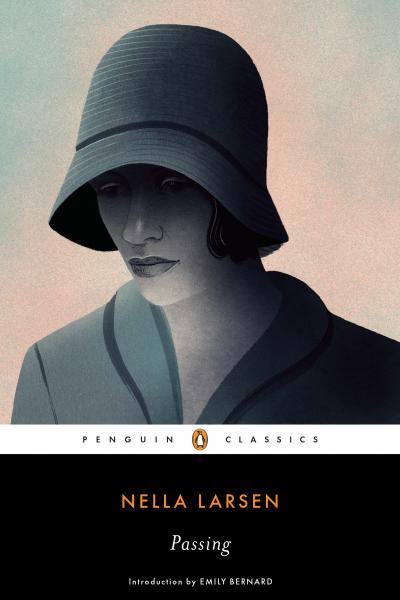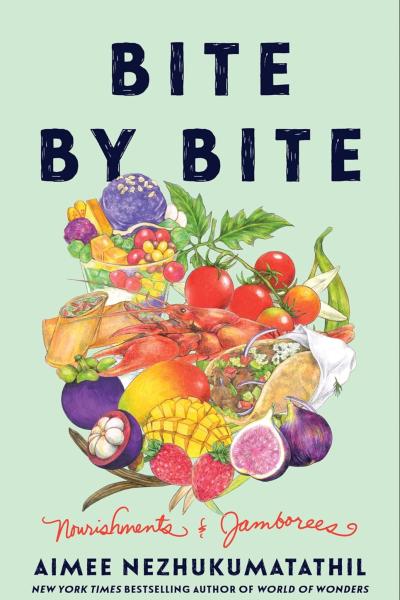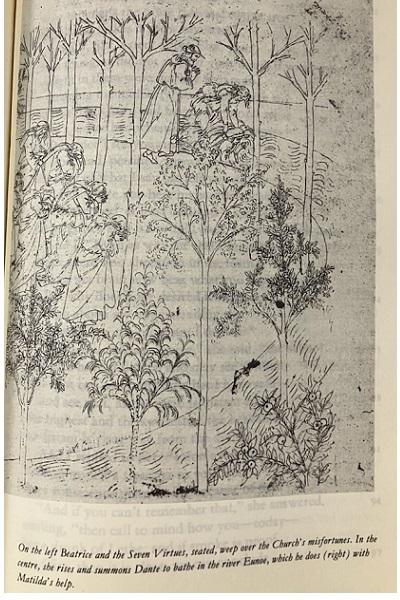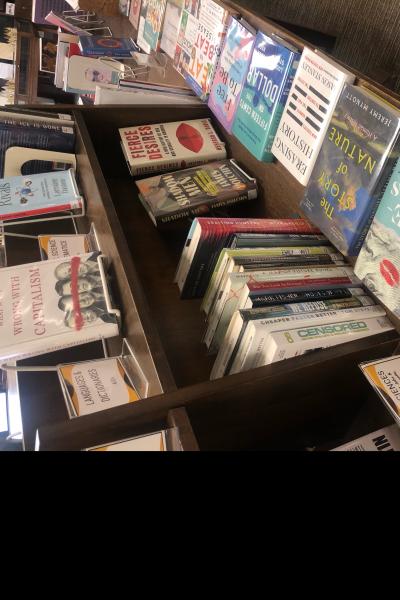
What book(s) can’t you get out of your mind? That’s the question we asked library staff this month. Their responses, ranging from 19th-century classics to a 2019 burial guide,
may inspire you to revisit your own top titles or make the acquaintance of theirs.
Rhonda Hall (Library Assistant):
Passing by Nella Larsen (1929); available as an eAudiobook
This novel about two women living in Harlem in the 1920s is based on the real lives of many mixed-race women in the post-slavery era. It could almost be the story of my grandmother, who could pass as white and move between worlds during segregation. Another memorable book is No Name in the Street by James Baldwin (1972). Baldwin's experiences in the 1950s and ’60s resemble those of my parents as a young couple navigating life during the civil rights movement.
Steven Dunlap (Head of Technical Services):
Moby Dick by Herman Melville (1851); available as an eAudiobook
I started to read this as I was about to turn 40. It took me over a year and a half to finish, because I found some chapters and passages so breathtakingly beautiful that I had to read them several times. When I stumbled into the ER one day, this was the book I had on my person and therefore what I read in the hospital while recovering from surgery. When I told a colleague about my difficulty making my way through the novel while on a morphine drip, he pointed out that Moby Dick is a morphine drip in its way. I can think of no more apt description of the novel and my experience reading it.
Deb Hunt (Library Director):
Everything in its Place: First Loves and Last Tales by Oliver Sacks (2019)
This final volume of essays by the well-known neurologist covers everything from Alzheimer’s disease to a fern-seeking expedition in New York City to touring North America with someone with Tourette’s.
My favorite essays here focus on nature and mental illness. In one, Sacks describes how mental health institutions used to offer valuable work for the mentally ill—farming, milking cows, etc.—so their lives had a purpose and they were not just locked away. And I really like the essay “Why We Need Gardens.” Over the years, my own gardens have kept me sane and provided a safe haven when life felt very stressful.
Reimagining Death: Stories and Practical Wisdom for Home Funerals and Green Burials by Lucinda Herring (2019)
I had been considering cremation, but it is toxic to the environment, so I am looking at alternatives such as a green burial. This is a great follow up to the classic American Way of Death by Jessica Mitford.
Celeste Steward (Library Supervisor):
Blue Highways: A Journey into America by William Least Heat-Moon (1982)
This is the autobiographical account of an unemployed English professor, newly separated from his wife, who travels only on back roads as he embarks on a circular journey around the U.S.
The author coined the term “blue highways” based on old Rand McNally atlases indicating in blue the small, forgotten, and rural roads. What appeals to me most about these roads less traveled is the cast of characters he meets on his journey, including a teenage runaway, a Hopi medical student, an evangelist hitchhiker, a monk, a maple syrup farmer, a boat builder, a Nevada prostitute, and owners of Western saloons and remote country stores.
Heat-Moon’s contemplative and mindful journey helped shape my own philosophy when traveling. In general, I try to explore the routes less traveled for the most inspirational and educational experiences.



